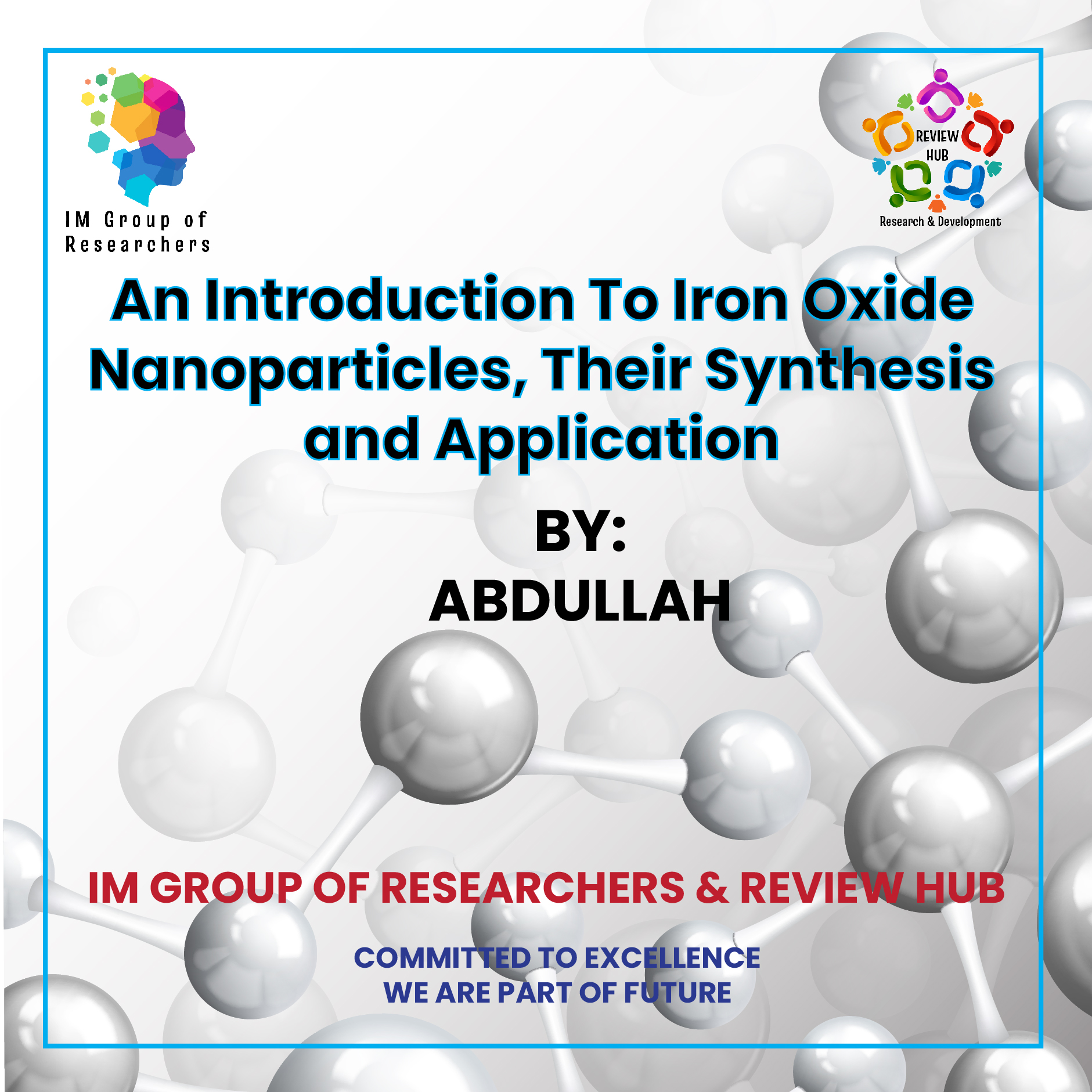An Introduction to Iron Oxide Nanoparticles, Their Synthesis and Application
An Introduction to Iron Oxide Nanoparticles, Their Synthesis and Application. Ferric oxide nanoparticles, commonly referred to as Fe2O3 nanoparticles, are tiny particles of iron(III) oxide. These nanoparticles are of interest due to their unique properties and a wide range of potential applications.
Author
Abdullah
LinkedIn: Click here to see Abdullah’s profile
Ferric oxide nanoparticles, commonly referred to as Fe2O3 nanoparticles, are tiny particles of iron(III) oxide. These nanoparticles are of interest due to their unique properties and a wide range of potential applications.
Synthesis
Fe2O3 nanoparticles can be synthesized through various methods, including:
Chemical Precipitation: In this method, iron salts are mixed with a precipitating agent to form Fe2O3 nanoparticles. The reaction is usually controlled by adjusting the pH and temperature.
Sol-Gel Method: A sol-gel approach involves the formation of a colloidal suspension (sol) followed by the gelation process. This allows for precise control over particle size and shape.
Hydrothermal Synthesis: Fe2O3 nanoparticles can be produced under high-temperature and high-pressure conditions, resulting in well-defined crystalline structures.
Mechanical Milling: In this mechanical process, iron powders are milled to reduce their size to the nanoscale.
Applications
Fe2O3 nanoparticles have a broad range of applications, including:
Catalysis: They are used as catalysts in various chemical reactions due to their high surface area and catalytic activity.
Biomedical Applications: Fe2O3 nanoparticles can be utilized in magnetic resonance imaging (MRI) contrast agents, drug delivery systems, and hyperthermia therapy for cancer treatment.
Environmental Remediation: They can help in the removal of pollutants from water and soil by adsorbing contaminants and facilitating their degradation.
Magnetic Storage: Fe2O3 nanoparticles are used in data storage devices, like hard drives and magnetic tapes, to store digital information.
Pigments and Coatings: They are used as pigments in paints, ceramics, and coatings, providing a red or yellow color.
Gas Sensors: Fe2O3 nanoparticles are employed in gas sensors for the detection of various gases due to their sensitivity to changes in the gas environment.
Energy Storage: They find applications in lithium-ion batteries and supercapacitors as electrode materials.
Photocatalysis: Fe2O3 nanoparticles can harness solar energy for photocatalytic reactions, such as water splitting and pollutant degradation.
These applications highlight the versatility and significance of Fe2O3 nanoparticles in various fields, making them a subject of ongoing research and development.
Also Read: How pH Paper Works?
Follow Us On

